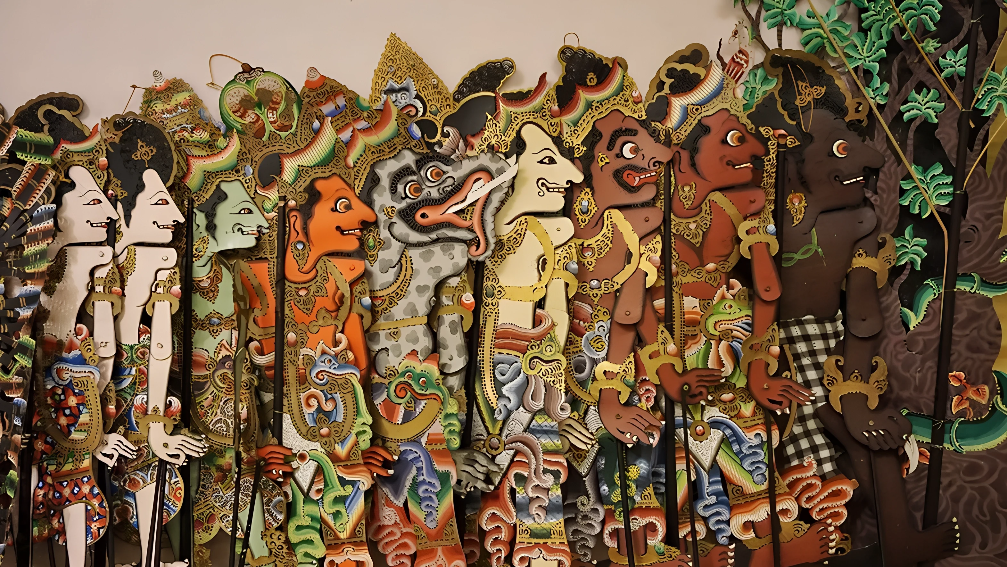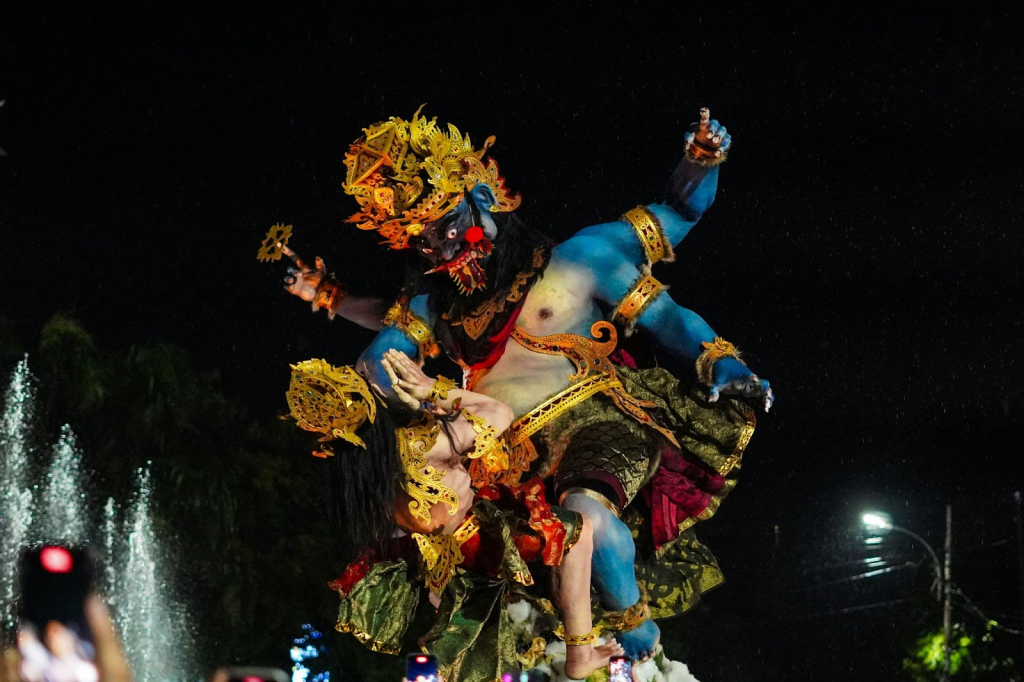In 2025, Tumpek Wayang will fall on Saturday, 16 August 2025 — a sacred day when the island resonates with prayers, performances, and ancestral connection. Tumpek Wayang stands as a unique Balinese ceremony. It dedicates itself to wayang kulit, or shadow puppets, and the spiritual power they hold. This festival marks a special time in the Balinese Hindu calendar, connecting islanders with specific deities and their ancestors. It offers a truly remarkable visual show, full of deep spiritual meaning and great cultural value.
Understanding the Essence of Tumpek Wayang
Origins and Historical Significance
The roots of Tumpek Wayang go back a long way in Balinese history. This special day evolved from ancient traditions of honoring art and spirit. It links directly to the rich wayang kulit tradition, which has been part of Balinese life for centuries. Early forms of these shadow plays helped shape the cultural fabric of Bali.
The Role of Wayang Kulit in Balinese Culture
Wayang kulit holds more than just entertainment value for Balinese people. These shadow puppets play a vital role in religious ceremonies. They also serve as tools for telling important stories and passing down cultural lessons. The making of each wayang kulit figure shows incredible skill and artistry. Craftspeople carefully carve and paint each one.
Celestial Alignment and the Balinese Calendar
Tumpek Wayang’s timing comes from the Balinese Pawukon calendar. This calendar sets 210-day cycles. Every 210 days, the Tumpek day falls on a Saturday, honoring the puppets. This system has deep spiritual meaning. Balinese people believe certain days hold special energy, making them ideal for specific offerings and prayers.
The Sacred Rituals and Ceremonies

Preparation and Purification Rites
Days before Tumpek Wayang, people begin special preparations. This includes cleansing rituals for the puppets themselves. They also clean the space where the performances happen. Specific offerings and prayers are part of this purification process, making sure everything is ready for the blessings.
The Wayang Kulit Performance: More Than Entertainment
A wayang kulit show on Tumpek Wayang is no common performance. It often shows spiritual battles and teaches moral lessons. The dalang, or puppeteer, is key to the show. He, or sometimes she, has a deep spiritual bond with the puppets. The dalang chants and moves the figures, bringing ancient tales to life.
Special Blessings and Offerings
During Tumpek Wayang, people prepare many different offerings. These range from simple flowers to complex food arrangements. Each offering has a special meaning, a way to show respect and ask for blessings. People believe these blessings protect them and their families. An offering often includes rice, fruit, and colorful flowers, placed on a special mat.
Symbolism and Spiritual Meanings
The Shadow as a Metaphor
The shadow in wayang kulit means more than just a shape. It stands for the unseen world, the spirit realm, and the hidden truths of life. The dance between light and shadow on the screen reflects the balance of good and evil, the seen and unseen. This play helps people understand the deeper parts of their world.
Ancestral Reverence and Spirit Communication
Tumpek Wayang acts as a bridge to honor and connect with ancestral spirits. Many Balinese believe these spirits can influence or even animate the puppets. The ceremony provides a chance for families to show respect to those who came before them. It helps keep family lines strong through time.
Protection and Well-being
The protective power of Tumpek Wayang is very important. People believe the ceremony helps ward off bad spirits. It also brings good fortune to everyone involved. The blessings received during this time are thought to keep individuals and their villages safe. This adds a sense of security for the whole community.
Experiencing Tumpek Wayang: A Visitor’s Guide
Finding a Wayang Kulit Performance
Want to see an authentic Tumpek Wayang ceremony? Look for local temples, especially in cultural hubs like Ubud or Tabanan. Many villages hold these sacred events. Remember, these are not usually tourist shows but real religious rites. You can ask local guides or your hotel for current schedules.
Etiquette and Respectful Observation
When you attend a Tumpek Wayang ceremony, always show respect. Wear modest clothes, like a sarong and sash, which are often available for rent near temples. Stay quiet during prayers and rituals. Never walk in front of people who are praying. It’s also a good idea to ask before taking photos.
Engaging with the Local Community
Talking with local people can make your experience richer. They can share stories and give you a deeper look into the festival’s meaning. You might ask villagers or temple officials about the rituals. Always be polite and respectful in your questions. You’ll gain a greater appreciation for their way of life.
The Enduring Legacy of Tumpek Wayang
Preserving a Timeless Tradition
Keeping wayang kulit and Tumpek Wayang alive faces challenges in today’s busy world. Younger generations sometimes turn to modern entertainment. However, many efforts aim to preserve these priceless traditions. Local groups and cultural schools teach the art of dalang to ensure it doesn’t fade.
Tumpek Wayang in Contemporary Bali
Today, Tumpek Wayang is still a strong part of Balinese life. Even as society changes, the festival holds its place. Some performances might blend new ideas with old stories, but the core rituals stay true. This shows how flexible and lasting Balinese culture remains.
Conclusion
Tumpek Wayang is more than just a festival; it’s a profound spiritual event. It truly shows the artistic, cultural, and spiritual depth of Bali. This sacred time highlights the unique role of wayang kulit within Balinese Hinduism. The enduring power of Tumpek Wayang helps connect people to their heritage. It also links them to the unseen, spiritual parts of their world.






